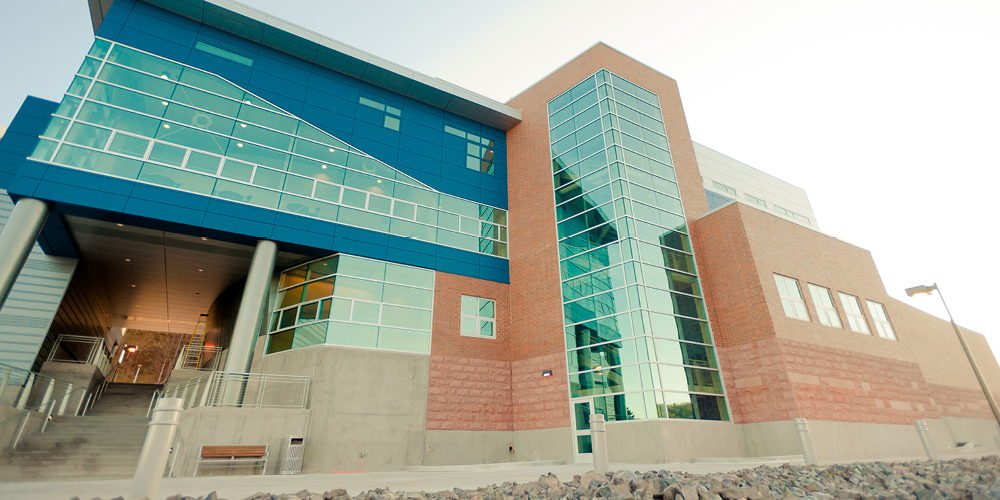“I am writing to express my sincere appreciation for the excellent work and the capable leadership that Granger Construction Company provided us in the construction of our newest landmark building: the Great Lakes Research Center. Your entire team meshed well with our architect and our organization — fully understanding and embracing goals that we set out to achieve with this project.
It takes a highly capable firm to construct a building like the Great Lakes Research Center on our constricted site. Your firm accomplished that goal safely and efficiently, and it was really a pleasure to work with individuals that seemed to care deeply about their profession. More importantly, though, it was both comforting and rewarding to feel that they cared deeply about our project and the goals we set out to achieve. Thank you for providing us a wonderful building in which to perform world class research, and for providing a first-class team to get it done.”



